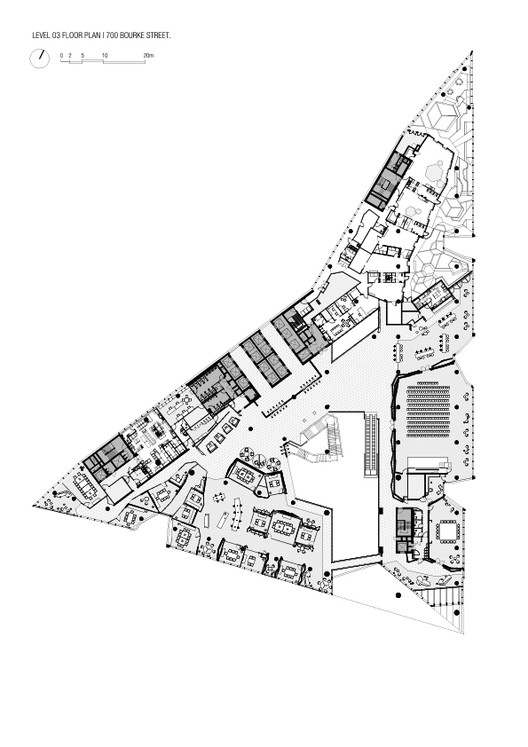
-
Architects: Woods Bagot
- Area: 63000 m²
- Year: 2013
-
Photographs:Shannon McGrath
-
Manufacturers: Sculptform, Arper, Light project, SpeedPanel, Stylecraft
-
Quantity Surveyor: WT Partnerships, WT Partnership

Text description provided by the architects. Located in Melbourne’s Docklands, 700 Bourke Street is a pivotal new workplace for National Australia Bank (NAB) with architecture, interior design and workplace consulting by Woods Bagot. The site location, between Southern Cross Station and Etihad Stadium, generates incredible footfall, while its position beside sunken train lines allows the entire west façade of the building to be visible from the city. For NAB, the site also had the advantage of being perfectly placed in between their existing workplaces at 500 and 800 Bourke Street.



























